|
Scarlett Johansson, Renee Zellweger, Cynthia Erivo, Florence Pugh -- what did you think of their Oscar looks? Here, I share my thoughts about their color and style choices.
10 Comments
That is, do Light Summers and Light Springs have pale eyes, pale hair and pale skin? Often, but not always. Do Soft Summers and Soft Autumns look "soft? Are they visually very low-contrast? Often, but not always. Let's think about Light Spring and Soft Autumn, which I discussed here. The Light Spring palette is light, warm, and clear. The Soft Autumn palette is muted, warm, and medium-dark. Ultimately, what determines your season is how your skin reacts to color, not what your skin, hair, and eyes look like. So it's not precisely true to say, for example, that a Light Spring is herself light, warm, and clear; instead, we say that her best colors are light, warm, and clear. Both of my kids are Light Springs. It's true they're both fair-skinned, but they also both have hazely-brown eyes,, and my son has brown hair. The only way I know they're Light Springs is that their best colors are Light Spring colors. They are both gorgeous in light fuchsia, light lime green, light aqua, camel, light peach, and khaki. I'm a Soft Autumn. One could argue that my overall contrast level is higher then either of my kids', because I have fair skin but darker hair than either of them. Yet I know I'm a Soft Autumn because my best colors are Soft Autumn colors. I look my most lovely in warm, dusty rose, gentle olive, gentle yellow, muted turquoise, and dusty periwinkle. 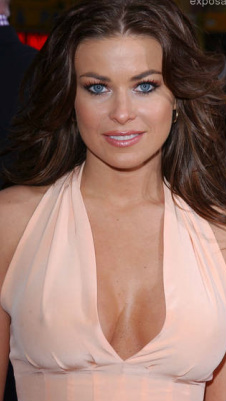 Carmen Electra's best colors are cool and very, very gentle. (So are Denise RIchards' best colors. I initially mislabeled this pic as Denise Richards, LOL! Thanks to those who pointed it out. ) Carmen Electra's best colors are cool and very, very gentle. (So are Denise RIchards' best colors. I initially mislabeled this pic as Denise Richards, LOL! Thanks to those who pointed it out. ) You can absolutely be a Soft season even if you don't think you look low-contrast. Many Soft Summers and Soft Autums have fair skin and dark hair.
The test is always which colors make your skin look the most healthy.
If you're not sure of your season, try the quiz! Your palette seems inherently gentle and graceful. Yet your Dramatic or Gamine Style Identity calls for a bold use of color. Can you do that? Sure you can! Definitely wear your Light Spring colors. But wear them in solid blocks, rather than in watercolor or ombre effects. This would not be so good for a Dramatic or Gamine: This use of Light Spring blue is excellent for an Ethereal blend, but not so fitting for a style type with a more aggressive energy. A use of Light Spring color more like this , below, would be more appropriate for a Dramatic or Gamine: The color is in solid blocks, not gently blended. It's still the Light Spring palette, but on a person with Light Spring skin, the effect will be bold.
Even better, consider doing head-to-toe charcoal, vanilla, or raspberry (Light Spring's versions of black, white, and red) to create a Dramatic effect. Or try unusual combinations of your palette's "primaries" and "secondaries": ocean blue with popsicle orange, butter yellow with grape purple, and so on. Your seasonal coloring does play a small role in your style identity -- people with highly contrasting coloring tend to make a more intense visual impression, and people with very low-contrast coloring tend to make a more gentle physical impression. But your coloring isn't determinative of your Style ID. Light and Soft seasons are definitely represented among Dramatic and Gamine style types. Hope this helps! :-) First published November 2017 Last week I talked about the fact that, though all of your palette colors are gorgeous on you somewhere, they don't all look natural on your lips. Now I want to describe a good way to figure out which of your palette colors are best on your lips. In a nutshell, the colors that will look most natural on your lips are - your MLBB, - darker versions of your MLBB, and - a handful of colors very close in hue and value to these Your MLBB is your "my lip but better" lip color. You may already have a lippy in your stash that you know is your MLBB. If you don't, stand in front of a mirror with your palette and locate the peach, pink, red, or violet that is precisely as dark as your lip and the closest to it in warmth or coolness. (Your natural lip color will be less saturated than any of these palettte colors; you're basically finding the more saturated version of your natural lip.) A lippy that's an MLBB will always look natural on you. Additionally, colors that are the same hue as your MLBB but darker will also look natural on you. Going very dark within your MLBB hue might be your evening lip, but it won't look unnatural. In general, avoid opaque colors that are lighter than than your MLBB. This usually looks unnaatural. The other colors that will look most natural on your lips will be the colors closest in hue to your MLBB, and as dark or darker. So if you're a Bright Spring whose MLBB is on your fuchsia strip, you may indeed be able to wear one of Bright Spring's violets as a lippy; the violets are close in hue to the fuchsias. You will find less luck with one of BSp's orange lippies, because orange is pretty far from fuchsia. My MLBB is a neutral Soft Autumn pink that's medium-dark. I'll wear other pinks and reds that are very close to this color in hue, but I won't go all the way to a Soft Autumn brown -- even though those lippies exist. Also, I'll go darker than my MLBB, but not lighter. A lippie lighter in than your natural lip rarely looks natural.
Tarte Quench Lip Rescue in Nude is an MLBB for me. It's easy to throw on when I want some moisture but I don't feel like bothering too much with makeup. CoverGirl Outlast in Wine to Five is a slightly darker version of my MLBB. It's been my staple daytime lippy for about five years; I order it in bulk on eBay or Amazon. My sexy lippy these days is Tarte Tarteist in Bling, which is a very deep version of my MLBB. It's a Soft Autumn red lip -- which means it's striking on me, and would be rather blah on most other seasons. :-) Though they vary quite a bit in value, all three of these lippies are similar in hue. If I feel like it, I''ll go somewhat warmer or somewhat cooler within my palette. But I won't stray super-far from this central MLBB hue, and I won't go lighter in value, unless it's a gloss.
And this is what I recommend you do as well: Find the hue that looks most natural on your lips, and choose lippies that stay relatively close to that hue. For example, if your MLBB is an orange, experiment with your reds -- but don't stray all the way to a violet, unless you want to make a statement. :-) And if your MLBB is a violet, experiment with your reds and purples -- but don't stray all the way to orange. When you know your MLBB, use your seasonal makeup list and a computer to find the lippies from the list that will look the most natural on your face. (Computer images aren't completely color-accurate, but you don't need them to be if you have the seasonal makeup list; if it's on the list, it's a color from your season.) Just check the computer image to make sure the hue and value of the lippy seem right for your lips. Then buy it! This post was originally published in March of 2017. In seasonal discussion groups, women spend a lot of time working out which palettte-matching lipsticks and glosses are their best colors. Why should they have to spend time answering this question? Aren't all of the peaches, pinks, reds and violets in your palette automatically good lip colors for you? Not exactly. Every color in your palette is a color that harmonizes with your natural coloring somehow. But not every color will actually look good on your lips. Your right colors look right because they look natural. So if you wear them in an unnatural way, they won't look right. Consider my Soft Autumn palette: All of these colors look amazing on me. But not every one of these colors would look natural on my lips. Would I wear the greens or blues on my lips? No way. It would look completely unnatural. That goes without saying, right? So far, these decisions seem self-evident. But let's move around the wheel into the range where we expect to find our lip colors: the purples, pinks, peaches and reds. Here's me wearing one of my dark purple-browns as a lippie: This color, though gorgeous on me as an evening gown, still isn't natural on my lips... despite the fact that I can find lippies in the drugstore that swatch this color. Now, if I want to make a statement with my lippy, this could be a good choice for me... but most of the time, I just want to look like the most beautiful verison of myself. And this lippy's not helping me do that. Every peach, pink, red and purple in your palette looks natural on you somewhere. But not every peach, pink, red and purple in your palette looks natural on your lips. This is where many of us -- Winters and Bright Springs in particular -- can get lost. For example, there are plenty of lipsticks that match Bright Spring's violets. But a Bright Spring who expects a BSp violet lippy to look natural on her lips may be disappointed. (Soft Autumn's dark purple sure doesn't look natural on my lips!) The peaches, pinks, reds and purples in your palette that will look natural on your mouth are a smaller subset of your total set of peaches, pinks, reds and purples. It can be tough to know where the line is. My unnatural-looking brownish- purple isn't really that far away from my natural-looking pink: So you're probably wondering, "How can I know which of my peaches, pinks, reds and purples will actually look natural on my lips?"
It's not too difficult. This post is getting long, so I'll publish the second half, in which I describe how to find the best colors for your lips, next week. :-) This post was originally published in February of 2017. Not all of the colors in your correct seasonal palette will be your absolute favorites. Depending on your depth of coloring, your level of contrast, and the specific colors of your body, some will be more useful to you than others, and in different ways. A dark-skinned Winter, for example, might use black as an accent, while a fair-skinned Winter might wear it in large blocks. But no color in your palette will be awful on you. The colors in your palette are all harmonious with each other, and if it's your proper palette, they'll all be harmonious with you too. So for those of you still searching for your season, I give you colors that are seasonal deal-breakers. If the given color absolutely doesn't work for you, the deal's off. Move this season to the end of the list. You can't use this list to identify your single best season. But you can use it to rule seasons out. If you can't rock hot pink, rule out Bright Spring. Bright Spring has a handful of pinks in this general vicinity. You may not associate pink with Spring. But moving Spring reds toward Winter means making them both darker and brighter. Reds that are both deep and very bright are purple-reds. So in Bright Spring, we find hot pinks. If you think you're a Spring but hot pink is no good for you, True Spring may be your home. If you're not fabulous in lime green, rule out Bright Winter. Taking True Winter's greens lighter and brighter, all the way into Bright Winter, moves them toward yellow. One of the results is a sort of fluorescent lime. On Bright Winters, this color is amazing. It contrasts beautifully with both very dark and very light skin. If this color's not right for you, but you think you're a Winter, try Dark Winter next. If you can't wear clear lemon yellow, rule out True Winter. Be careful applying this one. I'm not talking about a golden yellow, or a pastel yellow, or a yellow-orange. True Winter's few yellows don't show a bit of brown or orange or grey. They're the pure, clear complements of TW's vivid sapphire blues. If you need a more moderated yellow that's still vivid, try Dark Winter. If you don't look great in mint green, rule out True Summer. A handful of the seasons have some sort of mint. True Summer's is not a pure, saturated mint that's close to aqua. Instead it's a delicate and slightly hazy mint. It's lovely with a delicate fuchsia lip. If this feels all wrong to you, perhaps vivid mint is beter? You might be a Winter. If you wouldn't call your good yellow "goldenrod," rule out Dark Winter. Dark Winter yellows are tricky. They're not clear and pure like True Winter's. They're not blindingly bright. They're just slightly warmed, a little rich - but not Autumn rich. Penelope Cruz is lovely here in what looks like one of Dark Winter's elusive yellows. If you need your yellows purer, try one of the other Winters. And if you need a more delicate yellow, try one of the Summers. If you can't wear this medium warmed violet, rule out Dark Autumn. This Dark Autumn color always surprises me. Call it orchid or begonia perhaps. It's not a color I would label Dark Autumn if I saw it in a pile of a hundred other colors. Yet it's gorgeous with the intense dark olives and vivid teals of the season. Dark Autumn Natalie Portman's been photographed in three or four dresses in something like this color. They're all great on her. If it's not great on you, perhaps try True Autumn or Bright Spring. If a light olive-khaki is not a good neutral for you, rule out Light Spring. Was it Christine Scaman who said Light Spring colors are popsicle colors? It's true. But every season has neutrals, of course. This unusual Light Spring color is like your usual khaki, but with a suggestion of green and gold. On a Light Spring, it may pick up tones in the eye or hair. If this color's a no-go on you, perhaps look at Light Summer instead. If you're not flattered by light pinky coral, rule out Light Summer. Light Summer doesn't get very warm, but in the pinks it does go as far as a pinky coral. It's a bit pinker than what you see here, but still warmish. On a Light Summer it picks up healthy color in the face. If you think you're a Summer but can't wear this light, delicate, warm tone, look at True Summer. If you're not beautiful in bright blue, rule out True Spring. True Spring's colors are Crayola colors. You can see them in this picture of Nicole Kidman: blue dress, yellow hair, red-orange lips. In these simple primaries, True Spring is gorgeous. If you struggle to articulate the names of your best colors, they're not True Spring's. You might consider Summer or Autumn. If rich burgundy isn't gorgeous on you, rule out True Autumn. True Autumn has a few beautiful burgundies that go beautifully with the rich greens and oranges of the season. You can see all those colors here, in Noa Tishby's face. Those burgundies make good lippies too. If this burgundy overwhelms you, try something from Soft Autumn. If you're not lovely in cocoa brown, rule out Soft Summer This is not a warm golden brown or a milk chocolate brown. If you're a Summer, none of those browns will work for you. Browns are generally bad for Summers, as a rule. But if you're a Soft Summer, you will be lovely in cocoa brown. It's a brown that looks both slightly greyed and slightly purpled. It may pick up tones in your hair. If this color just isn't right for you, try True Summer next. If you can't do dusty medium blue, you're not a Soft Autumn. This blue feels both rich and muted, and quite medium - neiher purpley nor greenish. I's similar to the color you get if you Google "French blue." Though it's a subtle color, on Soft Autumn skin it's just as powerful as it needs to be. Notice how rich it looks on Natascha McElhone. If you need a blue that's much richer than this, you might try a Winter or a Spring. * * *
For any of these seasons, Google the season's name in quotes to see images of the palette. Images that say "Sci/Art" are usually quite accurate. Or order sheets of color from all 12 seasons to try the seasons out in person. As always, I hope this helps you find your correct season. :-) This post first ran in April of 2013. Each of the 12 seasonal color palettes, taken as a whole, is unique. But if you compare color-by-color, some individual colors in neighbor palettes can look so similar to each other as to be almost indistinguishable. Light Spring and Light Summer, for example, have several pinks, yellows, blues and purples that look an awful lot alike. Light Summer and Light Spring palettes. Yikes! Which is which? If you have narrowed yourself down to these two seasons, knowing a few colors that are inarguably unique to each palette can help you make a final decision. Here are 6 colors, 3 from each season, that don't resemble anything in the sister season's palette. 1. Light Summer has a greyed wine neutral that looks something like this: Nothing in Light Spring even remotely resembles this. If you're flattered by this color, rule out Light Spring. 2. Light Summer also has blueish greys, such as this one: On a Light Summer, this color may harmonize with subtle tones in the eyes or hair. On a Light Spring, this color may create an unhealthy pallor in the face or emphasize undereye circles. Light Spring's greys are more yellowed. (For a quick side-by-side comparison of warm and cool greys, check out this great Wikipedia image.) 3. Many of Light Summer and Light Spring's pinks and reds may seem to overlap. So we look at the extremes. Light Summer's raspberries get this blued: Light Spring won't go that cool. 4. If we go to the extreme of warmth within Light Spring's pinks and peaches, we'll find light oranges: A color like this may pick up delicate tones in a Light Spring's cheeks, but seem to turn a Light Summer's skin uniformly orangey or muddy. 5. Light Spring has a cheerful greenish gold that's not the least bit Summery. It looks like this: This is a color many Light Springs have in their hair or eyes. There's nothing close to it in the Light Summer palette. 6. Light Summer's greens are neutral to blue-green. Some Light Summer blue-greens can be hard to tell apart from Light Spring aquas. But only Light Spring green goes the other temperature direction, into yellow-green: Clear yellow-green is an especially fussy color. Not many people are fantastic in it. If you are, and you know you're Light Something, now you know you're Light Spring.
I hope comparing these six colors helps you Lights find yourselves. Let me know how it works. :-) If you're having trouble diagnosing yourself, consider investing in color cards to drape yourself at home. Originally published February 2013.
Spend some time checking out books and websites on color analysis, and you'll see that most sources don't allow for the possibility that Black women can be Springs. Certainly not Light Springs.
Why not?
Well, we who make the websites and books have learned most of what we know from white authors. And those authors didn't show women of color in their Spring examples. They told us Spring skin is fair or peachy. But why should that be so? Think about it. The Spring palettes contain medium and dark browns. Why can't one of those colors be the tone of the skin? Interestingly, Black color analysts have offered examples of Black Spring women for decades.
Jean Patton's 1991 book, Color to Color, has examples of Black women in every palette. The Light Spring woman featured in the book (not the woman on the cover) is undeniably Light Spring. It's worth buying the book for her picture alone - to permanently rid yourself of the mistaken belief that women of color are never Light Springs.
(The seasonal palettes included in the book are of good color quality and are easily matched to the 12 season system, though they don't use the same names.)
In her 1999 book, "Women of Color", Darlene Mathis also has great, full-color examples of Black Spring women.
I believe Alicia Keys is an example of a Black woman who is a Light Spring.
I mean, look at her in this picture, above. To my eye, she looks so much like herself in these delicate and warm colors. I could rule out almost half of the seasons (Bright Spring, Dark Autumn, and all three Winters) if I could determine that Keys can't wear black.
And, in fact, it really looks wrong for her. The only part of her face I see it connecting to is her eyeliner, and of course that doesn't count. In my opinion, she's unpleasantly pale here.
The lippie, though, is great. And notice it's very light, very pink, and warmish.
This Dark Winter - looking lip is all wrong. Too dark, too intense.
This could be an Autumn yellow-orange, above. It, and the brown-orange lippie, look dull, not vibrant.
In the picture above, I think her lip is too cool (pinkish) for her face, but I like the overall lightness for her.
This warm brown eye, above, is very, very wrong.
The makeup above is great for her, I think. And it's light and peachy. (Except for the black mascara - it's slightly disconcerting. But pretty much everyone wears black mascara, even when they should be wearing grey or brown instead...)
Below, I like her cheek and lip. I find the Autumn-y brownish-orange in the coat too much for her skin, though.
The picture above is not the most reliable, because it's an editorial photo, but gosh, doesn't that look Light Spring to you?
What do you think? Are there other pics of Keys that you think reflect her coloring more accurately? Do you think these photos show a season other than Light Spring? Yes, I know I'm late to this party! But I don't have network TV, and I have two kids. I'm just now catching up with the rest of the world TV-wise. Anyway, here are the color seasons of several of the actors on Mad Men, as best I can tell. Elisabeth Moss: True Summer Her best colors aren't particularly dark, but they're very cool. Soft Summer is also a possibility for her, but what really convinced me of True Summer was seeing how pink her lipstick can get. The pinker it is, the prettier she looks. Most seasons can't wear those super-pink lippies. Jon Hamm: Dark Winter His best colors are certainly cool, and quite dark. They're not vivid enough to be Bright Winter colors, and they have the "sooty" quality (as Christine Scaman puts it) that characterizes Dark Winter colors. January Jones: Light Spring Her best colors are warm, clear, and rather light and delicate. I don't think True Spring is impossible for her, but I think it's unlikely; it's telling to me that her very worst colors are dark (remember when Betty dyed her hair black?) I also find some colors to be too clear and warm for her; pure orange and bright red are not great. Jessica Pare: Bright Spring This woman was obviously a Bright from her first moment on screen. I decided on Bright Spring rather than Bright Winter because so many warm, clear colors are glorious on her, and because too-cool colors can make her look a bit goth. I love how often she's costumed in her best colors. It's a joy to behold. Linda Cardellini: True Winter What a gorgeous example of a True Winter. The way black, white and grey make this skin look amazing -- it's just beautiful. Although I know it will disappoint some people, I have to say that I can't accurately type Christina Hendricks. :-( You might be thinking, "She's obviously a Bright, or a True Spring!" But don't let yourself get distracted by the colors she's costumed in as Joan -- they're generally very bright colors, but they're also brighter than she is. Your best colors should let us see you; Joan's colors force us to just see lips, hair, and curves. Which is probably the point.: the colors make her into a cartoon. I suspect that, IRL, Christina Hendricks is probably a Soft Autumn, or just maybe a True Autumn; warmth seems to be good for her, but she needs less saturation than she's given on Mad Men.
What do you think? Any ideas about Christina Hendricks' color season? Do you think I've missed the mark on any of the other characters? Let me know! Ingenue beauty is a beauty that's feminine, but not sexy. It's childlike and innocent and sweet. Because "ingenue" isn't a word that's widely used in common parlance, I've searched for other words that seemed to have meanings closest to "ingenue" as I define it in my style system. One word that worked well is "vernal" -- i.e., "springlike." There's a lot of overlap between the Ingenue style identity and spring, both as a season of the year and as a color palette. Light Spring in particular (a.k.a. Early Spring, significantly) is known for colors that also are iconic to Ingenue: very lights yellows, pinks, oranges, purples, and blues. Candy colors, you could call them. Ingenue is sweetness personified. Ingenue style details, in fact, overlap a great deal with a confectioner' or baker's aesthetic: one sees a profusion of detail, small circles, curlicues, flowers, hearts, and scallops. These style elements signal "sweetness" to us. Ingenue lines are fine and thin, never thick or coarse. Ingenue fabrics are light, not heavy. Ingenue beauty is (feminine) childlike beauty. The small, round circles one sees in Ingenue style reflect a child's round eyes. An Ingenue finish in makeup is often a dewy finish -- that echoes the dewy eyes of a child, and also dew on flower petals in the morning. (Morning is to a day as spring is to a year and childhood is to a life, of course.) Ingenue style has a quality of innocence or naivete. Can we reclaim that so that it's a positive concept and not a negative one? After all, innocence includes sincerity, which is certainly virtuous. Ingenue patterns are simple, not difficult to comprehend (as Ethereal patterns might be.) Ingenue motifs are earnest, not witty or sarcastic (as Gamine motifs might be.) Ingenue innocence ought to be celebrated, not denigrated. "Pure" yields a lot of associated words that are useful for Ingenues. An Ingenue look is certainly clean; dirt on the knees of one's pants could look apropos on a Natural, but not an an Ingenue. (Is that why I, as a Natural blend, feel particularly pretty when I've been working in the yard? Hmm.) And discussing the word "pure" brings us to this idea of the Ingenue as "virginal." Whoa! Let's get into that. Despite the fact that "virgin" is a fraught concept, I do think it's important to emphasize that Ingenue's feminine beauty is "virginal," not sexy. I don't want to reinforce the outdated idea that women should be defined by their virginity or lack thereof. But perhaps we can agree that there's a kind of feminine beauty that includes an erotic quality, and a kind that does not...? The first one is Romantic; the second one is Ingenue. If you can see that a style element is traditionally feminine, but you're not sure whether it's Ingenue or Romantic, this difference ^ can help you decide. Actually, that's not how it works! Don't pay too much attention to systems that try to tell you otherwise.
Your hair color doesn't make a darn bit of difference in determining your season. A person with red hair might be found in any season, depending on her skin tone. Here's a redheaded Light Spring: http://www.truth-is-beauty.com/uploads/4/7/6/0/4760820/7761500.jpg A redheaded True Spring: http://img2.timeinc.net/people/i/2005/specials/emmys05/bestworsthair/mcross.jpg A redheaded True Autumn: http://images.totalbeauty.com/content/photos/20-totalbeauty-logo-red-hair.jpg And I personally know a redheaded True Summer. Redheads tend to have warm-toned skin, which puts them into Spring and Autumn categories. But it's theoretically possible that a person with genetically red hair could have Winter or Summer skin. Unsure of your season? Try at-home draping cards. 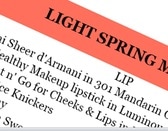 I've been making word clouds out of the color names found on my seasonal makeup lists. They're interesting to look at, because they help you see which colors are key in a season's makeup palette. Like the other 11 makeup lists, Light Spring's list has hundreds and hundreds of products. Among all Light Spring cosmetic products, here are the color names that occur most frequently: If you compare this word cloud to the Bright Spring cloud from a few weeks ago, you'll notice that both seasons prominently feature "coral" and "pink" -- but a key difference is that Light Spring has many more products called "brown." That reflects the fact that Light Springs have a few great browns, while brown is mostly a non-starter for Bright Spring.  It's not common to meet women of color who fall into the Light seasons, but Alicia Keys is one such, I believe. She looks her most natural in Light Spring's delicate, light, pure and warm colors.
If you think you might be a Light Spring, but you're not sure, try the affordable at-home draping cards. When you know your season, you save a lot of time and money. :-) Sorry for the long delay in this series! My babies, my students and my graduate professors thank you for your patience.
All of the lippies in this series are recs from the ladies of the 12 Blueprints Facebook page, Christine Scaman, Mary Steele of Luminosity, or my own swatches. If you're a Light Spring, most of these colors will work on your lips - and on your cheeks too, if you use them as blush. Some may be a touch too warm, too cool, too light or dark. This is normal, because the variation of human coloring within a season means that not all women in a season wear the same colors on the face equally well. Several of these are discontinued. Check eBay for them. I just bought a four-pack of my favorite discontinued Soft Autumn long-lasting lippie. Try before you buy. (Good advice, right? But I don't always follow it. I've bought a lot of Soft Autumn lippies sight unseen and been happy with all but one, which was too light.) Please do share feedback on the recs, or additional recs, in the Comments section. :-) ____________________________ Chanel Levres Scintillantes in Twinkle Chanel Rouge Coco Shine no. 44 Sari D’Eau Chanel Rouge Coco Shine no. 46 Liberte, Chanel Rouge Coco Shine no. 68 Monte Carlo Chanel Ruban Rose Chanel Tempt Clarins Coral Tulip Clinique Butter Shine in Baby Baby Clinique Butter Shine in Pink Beach Clinique Colour Surge Butter Shine in Ambrosia Clinique Colour Surge Butter Shine in Pinkaboo Clinique Colour Surge Butter Shine in Poppy Love Clinique Full Potential Extra Apricot Clinique Full Potential gloss in Mimosa Blossom (cooler) Clinique High Impact Lip Color in Peach Pop Clinique Long Last Lipstick in Sugared Grapefruit Clinique Superbalm in Apricot Cover Girl Natureluxe Gloss Balm in Anemone Cover Girl Wetslicks Peaches and Gleam Gloss Elizabeth Arden Ceramide Lipstick in Melon Elizabeth Arden Perfect Melon, Petal. Estee Lauder Pure Color Gloss Stick in Honey Pink Estee Lauder Pure Color Gloss Stick in Orange Poppy Estee Lauder Pure Color Gloss Stick in Pink Seduction Estee Lauder lipgloss Sweet Pea Lancôme Sunbaked Coral Colorfever Gloss Laura Mercier Pink Dawn Shimmer Lip Color Laura Mercier Poppy Gloss Stick Laura Mercier Rosewater Gloss Stick Laura Mercier Tea Rose Crème Lip Color L'Oreal's Color Riche "Pretty Peach" M.U.F.E. no. 37 Bright Pink Satin MAC Chatterbox (may be bright) MAC Creme Anglaise gloss MAC Fresh Salmon MAC Instant Gold Lustreglass. MAC Prr Lipglass MAC Viva Glam Cyndi? MAC Viva Glam V Maybelline Born with It Maybelline Pink Please Merle Norman Pillowtalk Lip Glaze Merle Norman Hot Stuff Gloss NARS Niagara Lipstick NARS Barbarella Lipstick NYX Louisiana Revlon Super Lustrous Lipstick in Coral Reef Revlon ColorBurst Lipstick Carnation (also LSu?) Revlon Colorburst Lipstick in Peach Revlon lipglosses Pink Pursuit, Pink Whisper Revlon Moon Drops Lipstick in Sugar Poppy Revlon Super Lustrous Pink In The Afternoon. Rimmel Stay Glossy Lip Gloss Dare to Say Rimmel Stay Glossy Lip Gloss in Always Lovely Rimmel Stay Glossy Lip Gloss Nonstop Glamour Rimmel Stay Glossy Lip Gloss So Fabulous Rimmel Airy Fairy (also SSu?) Rimmel Fashion Icon gloss Stila Convertible Color in Petunia YSL Rouge Volupte 09 Caress Pink The idea for this post came from a message I wrote to a woman trying to locate herself within Spring. Thanks, T. :-) When considering the sub-seasons, it can often be difficult to identify colors that clearly distinguish between them. In the case of Light Spring vs. True (Warm) Spring, though, there are a few differences between the palettes that are relatively easy to articulate. If you've narrowed yourself down to these two seasons, you might use the following examples to help determine where you fit. Which colors can you (or can't you) wear? Pink True Spring has no pinks to speak of. The closest it comes to pink is bright, fairly deep coral. Light Spring, on the other hand, has several lovely, warmish, light-to-medium pinks and pinky-corals. If you're a Light Spring, you may be able to wear a similar coral. But if you're a True Spring, you won't look well in that pink. Yellow Light Spring's lightest yellows are bright, but light and delicate. True Spring's yellows, even the lightest ones, are much more rich and buttery. A Light Spring may be able to wear both yellows. But the lightest, most delicate yellow will only flatter a Light Spring. Green True Spring's greens go surprisingly deep. Deeper even than this. Have I mentioned that this season can take a lot of color? Light Spring, meanwhile, is ever delicate. Their greens don't go much deeper than this: A True Spring can wear a similar light green, but a Light Spring won't tolerate the deep, saturated green. As you consider these two seasons for yourself, keep these two ideas in mind:
And don't forget: your hair and eye color do not rule you out of either of these seasons. To my knowledge (and I research this stuff), only one woman mentioned in this post is a natural blonde. And it's dark blonde. :-) These women have two things in common. 1. They're all famous Springs. 2. They're all brunettes. Their Springiness may help these particular women be convincing blondes. But like most adult American women with blonde hair, their natural hair color is actually brown. I bring this up because we deceive ourselves about blondeness, and in doing so we deceive ourselves about seasonal color. We want to believe in blondeness. So we smile and nod when celebs claim they're "natural blondes" and we ignore the evidence in front of our eyes. (I think celebs have all agreed to privately define "naturally blonde" as "blonde at birth" or "blonde during some period of my childhood." One's childhood hair color is not one's natural color if one is no longer a child.) Articles like this one perpetuate this peculiar, false faith in the supposed natural blondeness of brown-haired celebs. It doesn't take a lot of research to determine that Angelina, Brittany, Gwyneth, etc. have been natural brunettes at least since adolescence, if not longer. OK, so what? Why do I care? Well, partly because belief in the myth of widespread natural blondeness perpetuates an idealization of light coloring that's hurtful to darker women, especially because the context is a society that already privileges Whiteness in so many ways. Partly because of my nature: I'm an Enneagram 4. I want to reveal the truth. And partly - and most pertinently, for this blog - because seeing all these supposedly blonde Spring and Summer celebs leads us to incorrectly believe that Springs and Summers - especially Light Springs and Summers, and Warm Springs - are typically blonde. I personally know many brunettes whose path to discovering their true colors was made longer and more difficult because of a shared, mistaken belief that certain Spring and Summer seasons are blonde seasons. There is no blonde season. Every season's average or typical representative is a natural brunette. Statistically, it's inevitable that this be the case; with the vast majority of all human beings having naturally brown or black hair, a majority of even the most delicately-colored people will be brunette as well. It's true that natural blondeness is not found infrequently in the seasons with lighter palettes, in particular Light Summer and Light Spring. Might a quarter, or even a third, of adult Light Summers or Light Springs have blonde hair growing naturally from their heads? Perhaps. You can think of dozens of Light-season people as easily as I can. What proportion of them are blonde at age 30? Surely not the majority of them. Probably not even half of them. Let's revise our mental image of what these seasons look like. The caricatures just get in the way of seeing what's real. We know it's not about hair color anyway, so let's picture what it's really about. Look at the Light and Warm Springs and Light Summers that you know: what do you really see? P.S. Blonde sisters, I hope it doesn't sound like I'm hating on you. You're beautiful and I love you. I just like to keep it real. P.P.S. Scandinavians, I realize what I've written here might not reflect your reality. I know there is an unusual proportion of natural blondes in your little corner of the world. :-) ******************************************************************* Postscript, 3/30/11: Here is a hair color scale I originally intended to use in the post above, to help make clear how I'm personally defining "blonde" and "brown." In the end, it felt pedantic to include it - but now I think the failure to attempt to define terms just added to the general chaos. So for the record, this graphic reflects how I was conceptualizing these hair colors when I wrote the post. For me, it was essentially a question of hue: more yellow than brown = blonde, more brown than yellow = brunette. Since I blogged only about Autumns and Winters at the Golden Globes (working and mothering cut into my computer time, alas), I think it's fair to focus on the Summers and Springs at this year's Academy Awards. I'll start with the adorable Reese Witherspoon. Despite how cute she is, it's hard to find pics of Reese in flattering colors; I get the feeling she's a Light Summer who's not comfortable with the perceived girliness and insubstantiality of the Light Summer palette. Here's one of the only pics I could find showing her in a color that's Light Summery: So sweet. I'd love to see her looking like this more often. The gown she wore to the 2006 Oscars was also a natural color: In both of the pics above, our eyes go to Reese's face. The colors look as if they're lifted right from her skin. Her naturally low level of contrast is not overwhelmed. For most big events, unfortunately, Reese chooses colors more appropriate for a Winter. This year's Oscars was no exception. (I won't nitpick right now about her artificially blonde hair. Though I oppose it on principle, she is, as a Light Summer, one of the few seasons who can convincingly fake blondisme.) Anyway - Things from the neck up are pretty harmonious, I think. Apart from the silly but inevitable black liner, the overall look is Reese, only better. She has a beautifully light and neutral-cool cheek, and a beautifully light and neutral-cool lip. The hair is a natural-looking combination of golden, neutral and ash tones. Reese presents a beautiful Light Summer visage. It's when we zoom out that things become less sweet. To her credit, she's showing a lot of bare skin next to her face, which will always neutralize the effects of a bad color somewhat. (Your skin acts as a harmonious color.) Also, the band of white at the top of the dress isn't bad for her. But the huge block of black, and the contrast between the black and the white, keep dragging the eyes down to the dress and away from her face. And when you look back up at her face, what you see first is black eyeliner and white teeth. Your brain is connecting them to the black and white of the dress. The result is that the black-circled eyes and the grinning mouth seem to leap out at us, detached from the rest of her face. Weird. Not lovely. Gwyneth Paltrow, another Light Summer, came very close to completely embodying her season's beauty. I believe she missed the mark by just a hair - or maybe I should say by an eye. Let's look first at those eyes: There is something peculiar and not Light Summery happening around Gwyneth's eye here. The liner and mascara are too dark, and the shadow reads as muddy. (The hair is also too one-dimensionally yellow for Light Summer, IMHO... but it's not a deal-killer. ) I think it's the eyes alone that prevent Gwyneth from achieving full Light Summer radiance. See her in the gown, which should flatter a Light Summer. You want to like it, but something's a tiny bit off. Now look at the picture again, and mentally fill in a more natural-looking eye: Way better, don't you think? The eye makeup was creating the interference. On to yet another Light Summer: Cate Blanchett. I almost always find that Cate Blanchett beautifully presents her true colors. Her Oscars look this year, though, was widely criticized. What was right and what wasn't? The face was perfect, I thought. Very light, very natural, more cool than warm as befits a Light Summer, and in the earring a tiny touch of golden glow. Just lovely. (And she declined the too-dark liner that's de rigeur on red carpets. Strong woman!) So why all the criticism? I believe it was nothing more than the peculiar design of the dress. The big circle is just weird. And those crusty bits look uncomfortable. The colors in the gown are actually darn good for her. The white is cool and a touch greyish; the darker areas of the crusty bits read as greyish-pink and greyish-purple; and the tiny bit of bright yellow is a nice Light Summer accent. Wouldn't it have been wonderful to see her in a gown of these colors but with a more pleasing design? Oh well. Now for a few Springs. I suppose I'd better address Scarlett Johansson first and get it over with. When I look at this all I can think is, "Oh, Lord." She's so very, very beautiful. Yet most of us looked better at our high school prom than Scarlett does here. Why, Scarlett? Why the weirdly orange eye? Why the violet lace? (And P.S. - Why the messy hair?) Well, Scarlett J. frequently picks colors that don't flatter her. (Google images of her and you'll see.) She's young and gorgeous, so we forgive her. She has time yet to discover the truth of her beauty. Here are a few examples of occasions when she has done better: Let's look at Scarlett again in that violet, alongside a lovely Deep Autumn who deserves the color: Like night and day. Or like Autumn and Spring. ;-) Another dress everyone was talking about was Amy Adam's deep blue gown. I saved a picture of the gown in a file called "OK, not great." Before we look at it, though, let's see Warm Spring Amy in a really good color, at the 2008 Oscars: Oh, wow. Fantastic. Notice that she can handle a fair bit of depth. Some Warm Spring colors do go that deep. Notice also that she needs vivid (highly saturated) color. Now, to the dress in question. This blue is very close to one of Warm Spring's deep blues. And it's nice and vivid. So why isn't the effect here as magical? Why do we see the dress before we see Amy? I think it's mainly an issue of balance. This is a very deep blue - as deep as Warm Spring's colors go. It's in the palette because it's the complement to one of Warm Springs beautiful oranges, but blue is a cool color. Coming right up to Amy's neck, it creates an effect of too much cool and deep. Yes, Warm Springs are flattered by contrast, but in this case the deep blue is more dominating than contrasting. See how much more flattering a similar blue is when Amy balances it with a larger expanse of very light skin: Here, the blue and the orange balance each other. The warmer lip helps as well. Let's look at a Spring who, in spite of artificially lightened hair and a too-dark eye, reads as very natural: Jennifer Lawrence. The right color can make up for a lot.
Honestly, I'm not sure what Jennifer's exact season is. I never noticed her before the Oscars. I only know she's a Spring because she looks so perfectly balanced in this very warm, highly saturated color, and because the blonde hair doesn't look totally wrong on her. (Again, I won't nitpick, though I'm sure her true color would be more glorious.) Is she Bright, maybe? I think not... Imagine this outrageous color going all the way up to her chin, like Amy Adams' gown. I don't think it would work. I think there's a limit to how much color this girl can take. What other Springs and Summers got it right - or wrong? |
About Me...I'm passionate about helping people become their most authentic and beautiful selves. Categories
All
|
- home
- Blog
-
-
- Book your virtual style analysis
- ♂ DRAMATIC style type
- ♂ NATURAL style type
- ♂ GAMINE style type
- ⚥ CLASSIC style type
- ♀ INGENUE style type
- ♀ ROMANTIC style type
- ♀ ETHEREAL style type
-
- ⚥ ♂ Classic Gamine -- The Prep Schooler
- ⚥ ♀ Classic Ingenue -- The Class President
- ⚥ ♂ Dramatic Classic -- The Art Critic
- ♂ ♂ Dramatic Gamine -- The Punk Rocker
- ♀ ♂ Dramatic Ingenue -- The Childlike Czarina
- ♂ ♂ Dramatic Natural -- The Amazon Queen
- ⚥ ♀ Ethereal Classic -- The Delicate Sophisticate
- ♀ ♂ Ethereal Dramatic -- The Sorceress
- ♀ ♂ Ethereal Gamine -- The Sprite
- ♀ ♀ Ethereal Ingenue -- The Fairy
- ♀ ♂ Ethereal Natural -- The Earth Goddess
- ♀ ♂ Gamine Ingenue -- The Girlish Mod
- ⚥ ♂ Natural Classic -- The Prep
- ♂ ♂ Natural Gamine -- The Tomboy
- ♀ ♂ Natural Ingenue -- The Outdoorsy Sweetheart
- ⚥ ♀ Romantic Classic -- The Sexy Sophisticate
- ♀ ♂ Romantic Dramatic -- The Vamp
- ♀ ♀ Romantic Ethereal -- Aphrodite
- ♀ ♂ Romantic Gamine -- The Firecracker
- ♀ ♀ Romantic Ingenue -- The Demure Seductress
- ♀ ♂ Romantic Natural -- The Babe Next Door
-
- ⚥ ♀ ♂ Classic-Gamine-Ingenue
- ⚥ ♂ ♂ Dramatic-Classic-Gamine
- ⚥ ♀ ♂ Dramatic-Classic-Ingenue
- ♂ ♂ ♀ Dramatic-Gamine-Ingenue
- ⚥ ♂ ♂ Dramatic-Natural-Classic
- ♂ ♂ ♂ Dramatic-Natural-Gamine
- ♂ ♂ ♀ Dramatic-Natural-Ingenue
- ⚥ ♀ ♂ Ethereal-Classic-Gamine
- ⚥ ♀ ♀ Ethereal-Classic-Ingenue
- ⚥ ♀ ♂ Ethereal-Dramatic-Classic
- ♂ ♂ ♀ Ethereal-Dramatic-Gamine
- ♀ ♂ ♂ Ethereal-Dramatic-Natural
- ♀ ♀ ♂ Ethereal-Dramatic-Ingenue
- ♀ ♀ ♂ Ethereal-Gamine-Ingenue
- ⚥ ♀ ♂ Ethereal-Natural-Classic
- ♂ ♂ ♀ Ethereal-Natural-Gamine
- ♀ ♀ ♂ Ethereal-Natural-Ingenue
- ⚥ ♂ ♂ Natural-Classic-Gamine
- ⚥ ♀ ♂ Natural-Classic-Ingenue
- ♂ ♂ ♀ Natural-Gamine-Ingenue
- ⚥ ♀ ♂ Romantic-Classic-Gamine
- ⚥ ♀ ♀ Romantic-Classic-Ingenue
- ⚥ ♀ ♂ Romantic-Dramatic-Classic
- ♂ ♂ ♀ Romantic-Dramatic-Gamine
- ♀ ♀ ♂ Romantic-Dramatic-Ingenue
- ♂ ♂ ♀ Romantic-Dramatic-Natural
- ⚥ ♀ ♀ Romantic-Ethereal-Classic
- ♀ ♀ ♂ Romantic-Ethereal-Dramatic
- ♀ ♀ ♂ Romantic-Ethereal-Gamine
- ♀ ♀ ♀ Romantic-Ethereal-Ingenue
- ♀ ♀ ♂ Romantic-Ethereal-Natural
- ♀ ♀ ♂ Romantic-Gamine-Ingenue
- ⚥ ♀ ♂ Romantic-Natural-Classic
- ♂ ♂ ♀ Romantic-Natural-Gamine
- ♀ ♀ ♂ Romantic-Natural-Ingenue
- Shop
- Book a Virtual Style Analysis!
- Contact me
- home
- Blog
-
-
- Book your virtual style analysis
- ♂ DRAMATIC style type
- ♂ NATURAL style type
- ♂ GAMINE style type
- ⚥ CLASSIC style type
- ♀ INGENUE style type
- ♀ ROMANTIC style type
- ♀ ETHEREAL style type
-
- ⚥ ♂ Classic Gamine -- The Prep Schooler
- ⚥ ♀ Classic Ingenue -- The Class President
- ⚥ ♂ Dramatic Classic -- The Art Critic
- ♂ ♂ Dramatic Gamine -- The Punk Rocker
- ♀ ♂ Dramatic Ingenue -- The Childlike Czarina
- ♂ ♂ Dramatic Natural -- The Amazon Queen
- ⚥ ♀ Ethereal Classic -- The Delicate Sophisticate
- ♀ ♂ Ethereal Dramatic -- The Sorceress
- ♀ ♂ Ethereal Gamine -- The Sprite
- ♀ ♀ Ethereal Ingenue -- The Fairy
- ♀ ♂ Ethereal Natural -- The Earth Goddess
- ♀ ♂ Gamine Ingenue -- The Girlish Mod
- ⚥ ♂ Natural Classic -- The Prep
- ♂ ♂ Natural Gamine -- The Tomboy
- ♀ ♂ Natural Ingenue -- The Outdoorsy Sweetheart
- ⚥ ♀ Romantic Classic -- The Sexy Sophisticate
- ♀ ♂ Romantic Dramatic -- The Vamp
- ♀ ♀ Romantic Ethereal -- Aphrodite
- ♀ ♂ Romantic Gamine -- The Firecracker
- ♀ ♀ Romantic Ingenue -- The Demure Seductress
- ♀ ♂ Romantic Natural -- The Babe Next Door
-
- ⚥ ♀ ♂ Classic-Gamine-Ingenue
- ⚥ ♂ ♂ Dramatic-Classic-Gamine
- ⚥ ♀ ♂ Dramatic-Classic-Ingenue
- ♂ ♂ ♀ Dramatic-Gamine-Ingenue
- ⚥ ♂ ♂ Dramatic-Natural-Classic
- ♂ ♂ ♂ Dramatic-Natural-Gamine
- ♂ ♂ ♀ Dramatic-Natural-Ingenue
- ⚥ ♀ ♂ Ethereal-Classic-Gamine
- ⚥ ♀ ♀ Ethereal-Classic-Ingenue
- ⚥ ♀ ♂ Ethereal-Dramatic-Classic
- ♂ ♂ ♀ Ethereal-Dramatic-Gamine
- ♀ ♂ ♂ Ethereal-Dramatic-Natural
- ♀ ♀ ♂ Ethereal-Dramatic-Ingenue
- ♀ ♀ ♂ Ethereal-Gamine-Ingenue
- ⚥ ♀ ♂ Ethereal-Natural-Classic
- ♂ ♂ ♀ Ethereal-Natural-Gamine
- ♀ ♀ ♂ Ethereal-Natural-Ingenue
- ⚥ ♂ ♂ Natural-Classic-Gamine
- ⚥ ♀ ♂ Natural-Classic-Ingenue
- ♂ ♂ ♀ Natural-Gamine-Ingenue
- ⚥ ♀ ♂ Romantic-Classic-Gamine
- ⚥ ♀ ♀ Romantic-Classic-Ingenue
- ⚥ ♀ ♂ Romantic-Dramatic-Classic
- ♂ ♂ ♀ Romantic-Dramatic-Gamine
- ♀ ♀ ♂ Romantic-Dramatic-Ingenue
- ♂ ♂ ♀ Romantic-Dramatic-Natural
- ⚥ ♀ ♀ Romantic-Ethereal-Classic
- ♀ ♀ ♂ Romantic-Ethereal-Dramatic
- ♀ ♀ ♂ Romantic-Ethereal-Gamine
- ♀ ♀ ♀ Romantic-Ethereal-Ingenue
- ♀ ♀ ♂ Romantic-Ethereal-Natural
- ♀ ♀ ♂ Romantic-Gamine-Ingenue
- ⚥ ♀ ♂ Romantic-Natural-Classic
- ♂ ♂ ♀ Romantic-Natural-Gamine
- ♀ ♀ ♂ Romantic-Natural-Ingenue
- Shop
- Book a Virtual Style Analysis!
- Contact me
Connect with me!

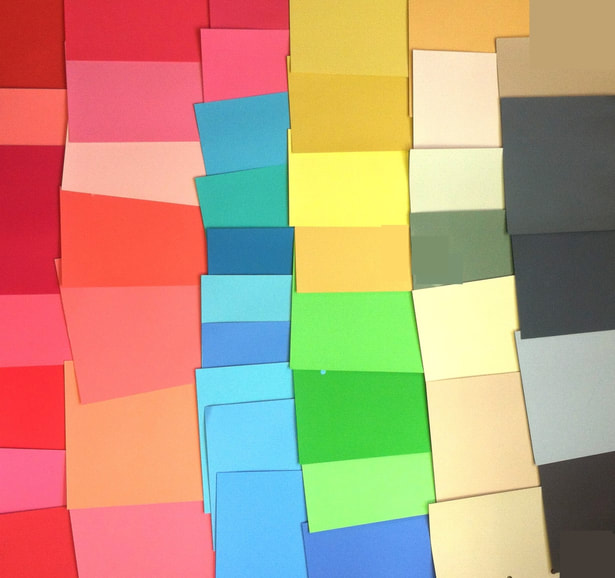
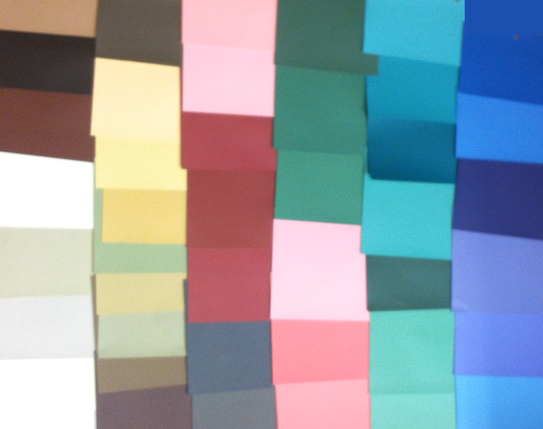
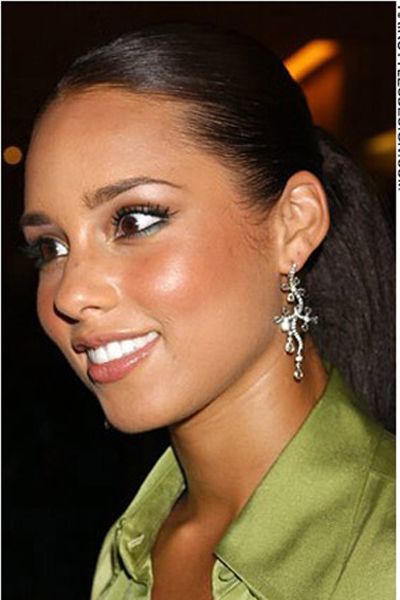
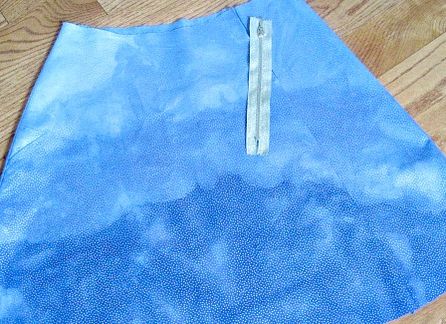
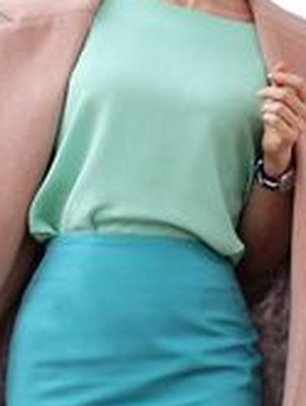
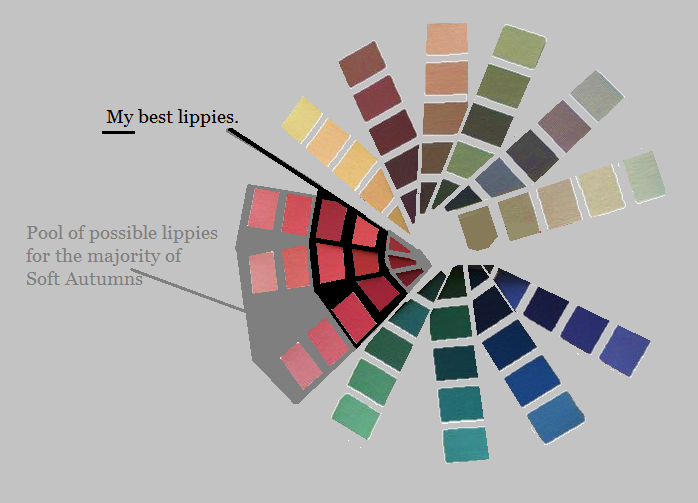




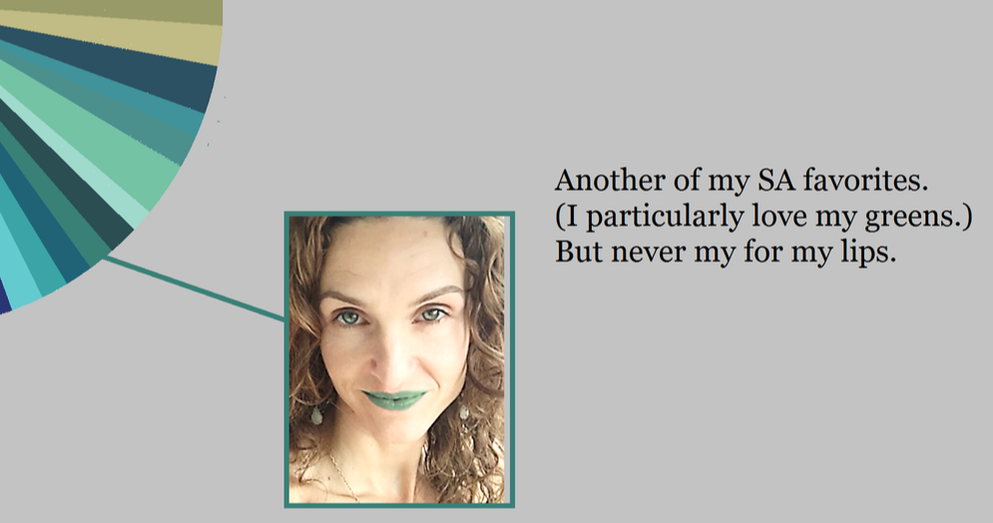

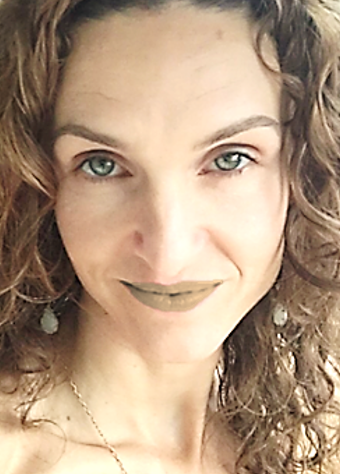
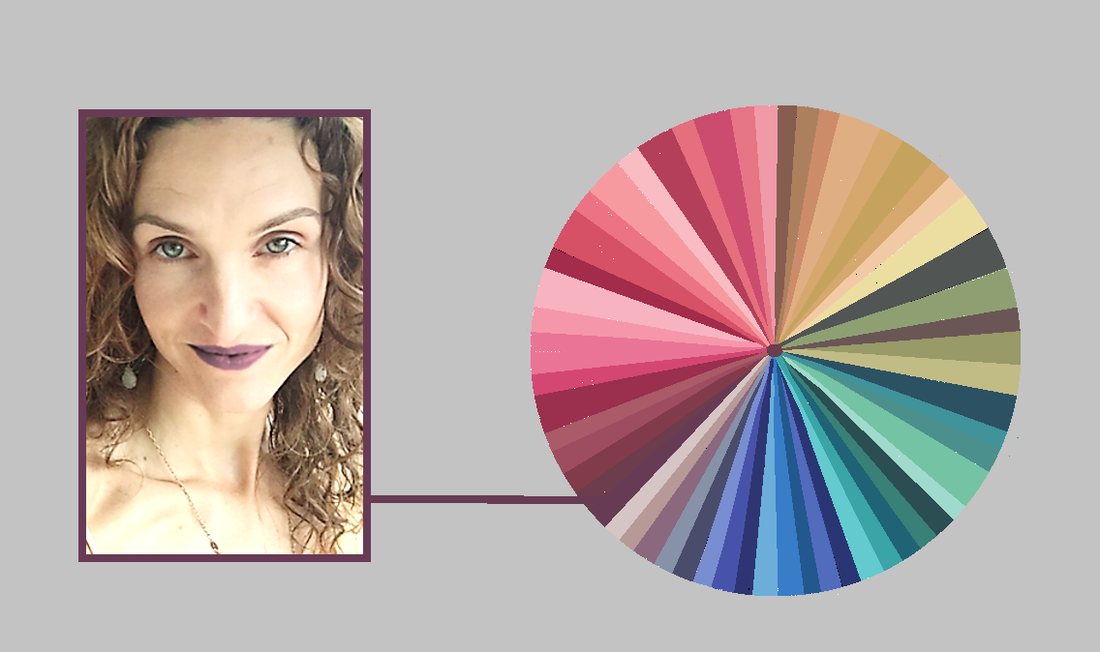


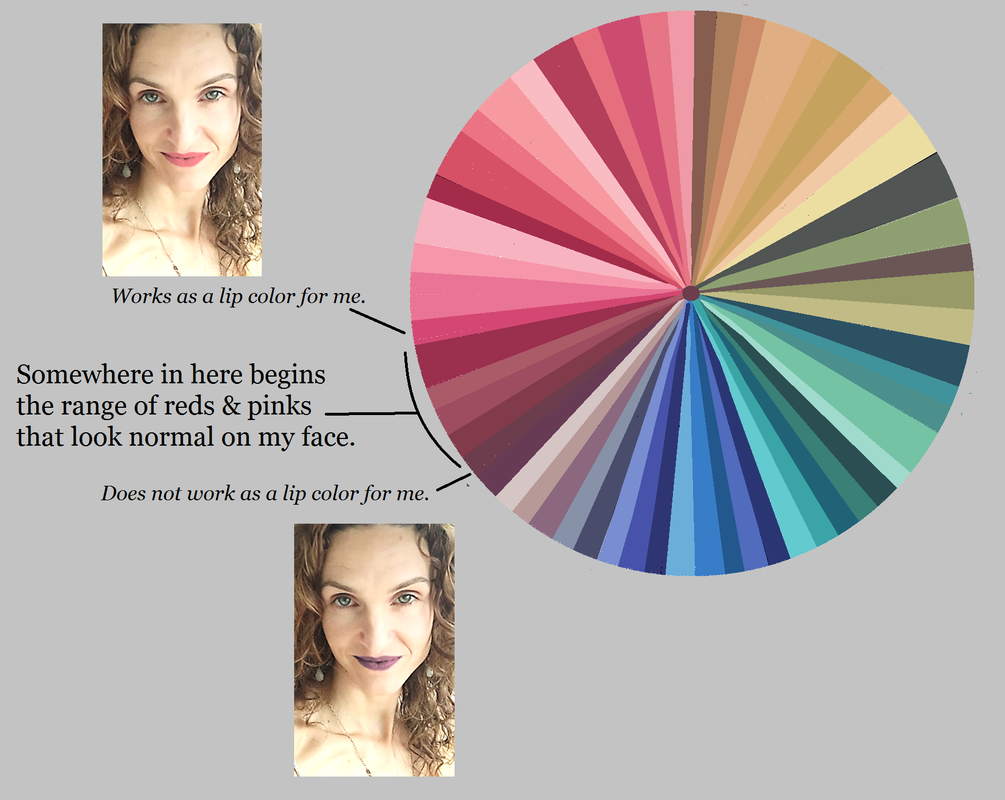
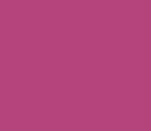
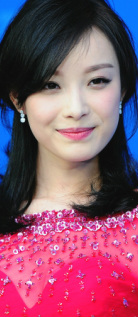
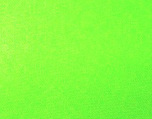
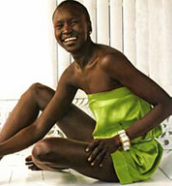

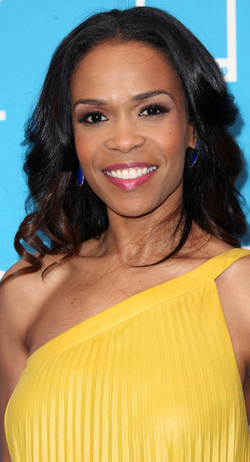
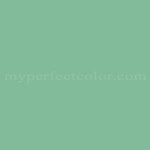
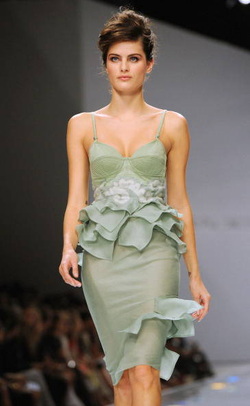
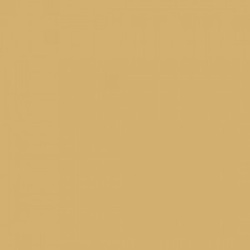
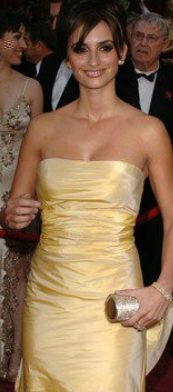
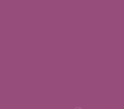



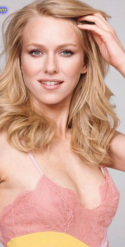



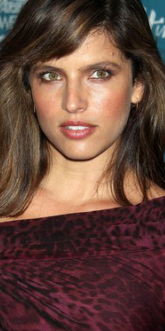



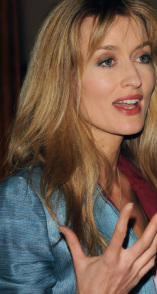

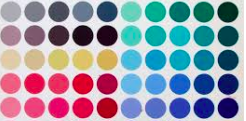

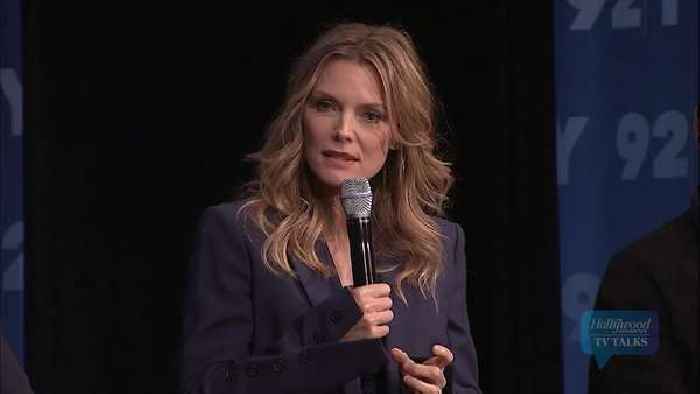

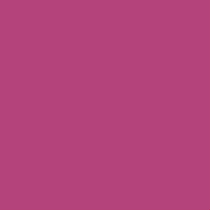


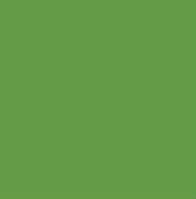
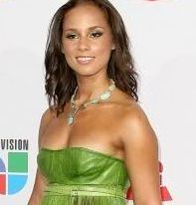

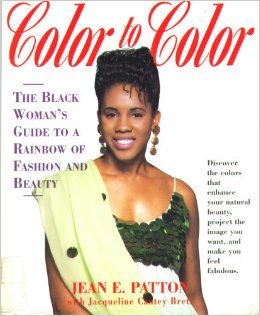



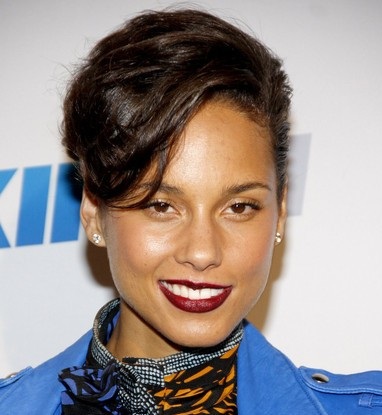



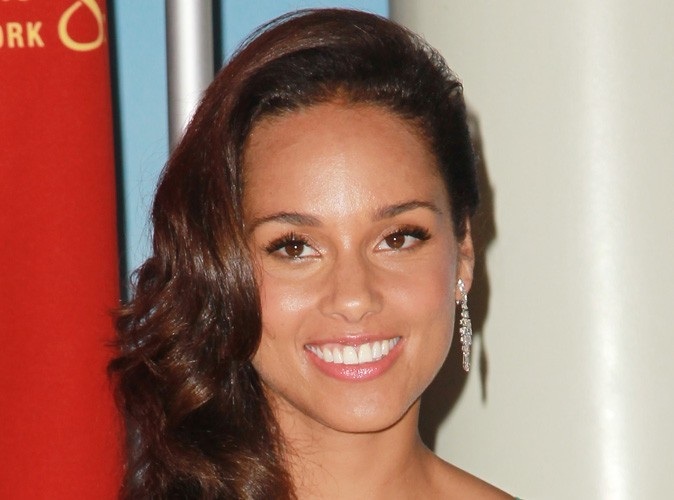

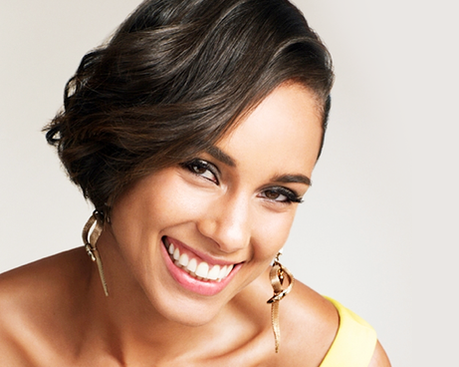




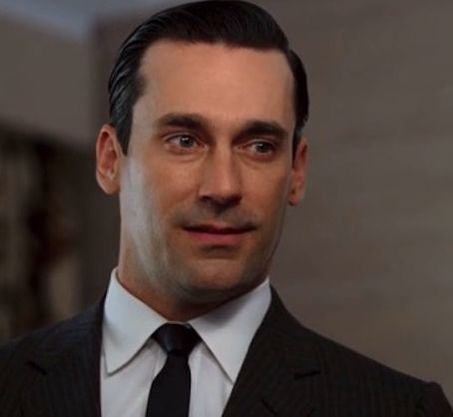

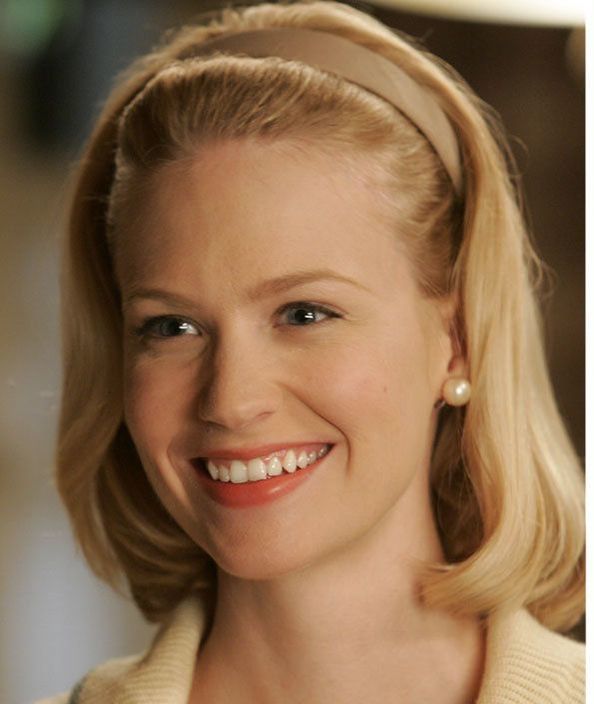
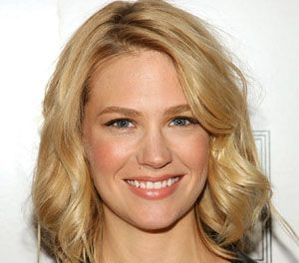
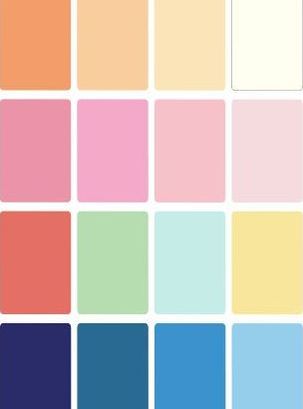
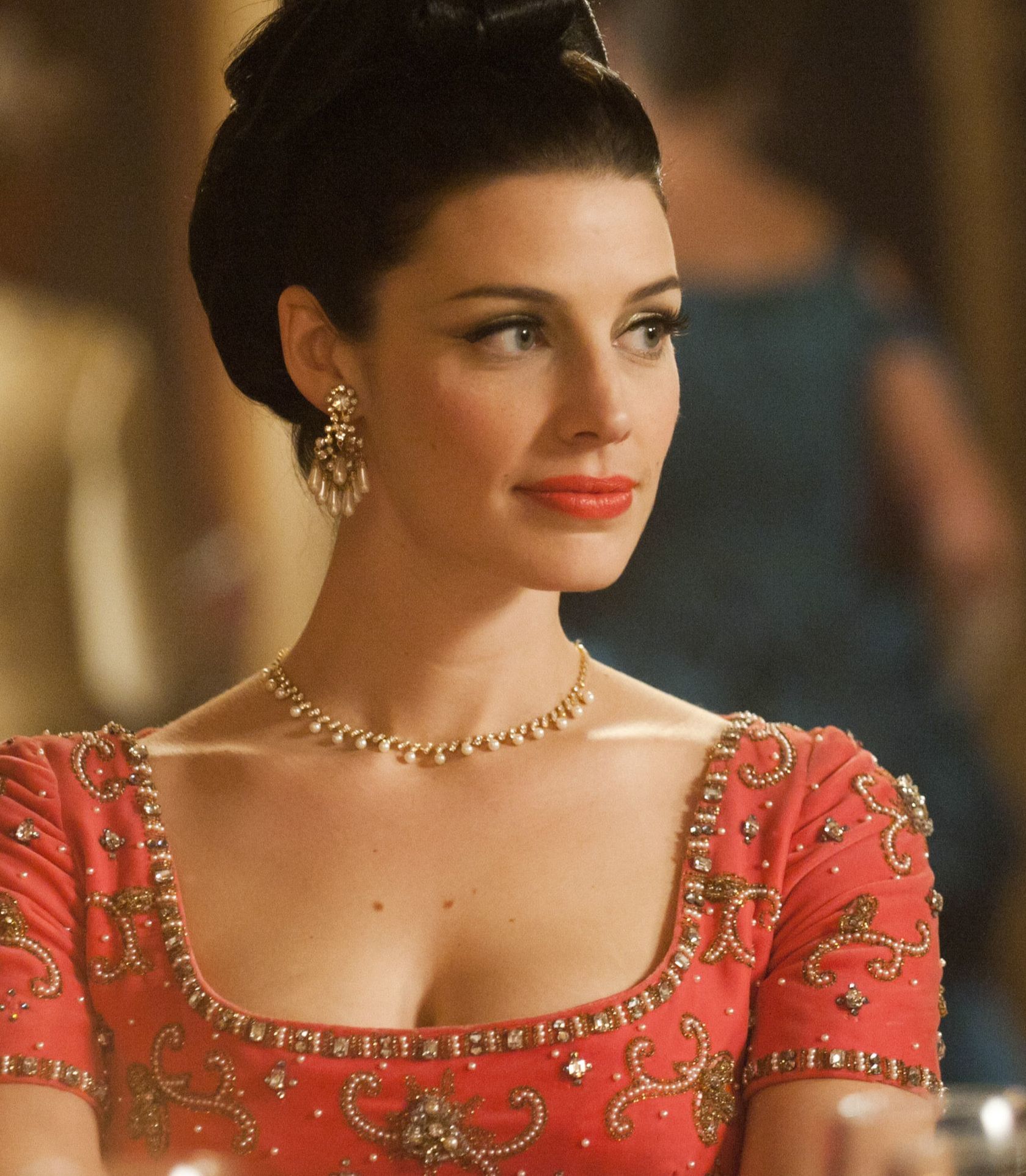

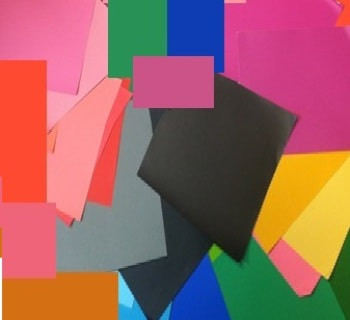

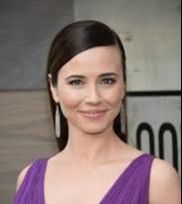


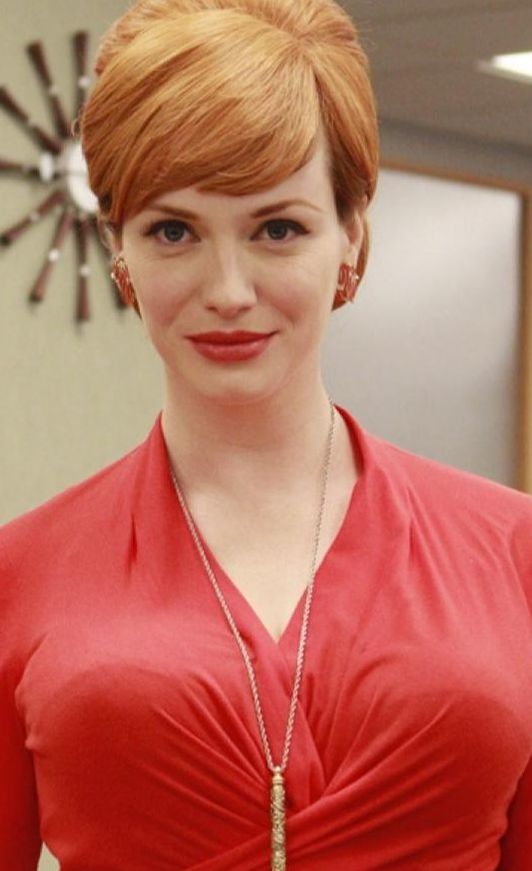
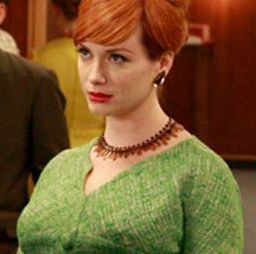
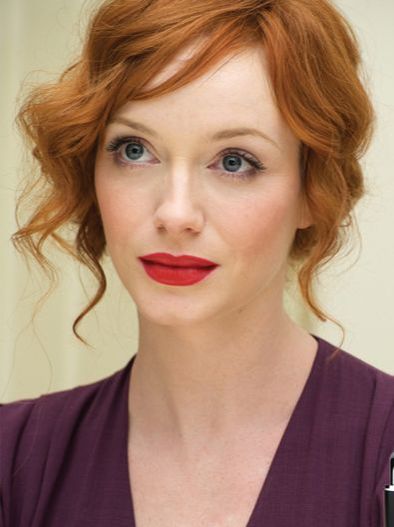
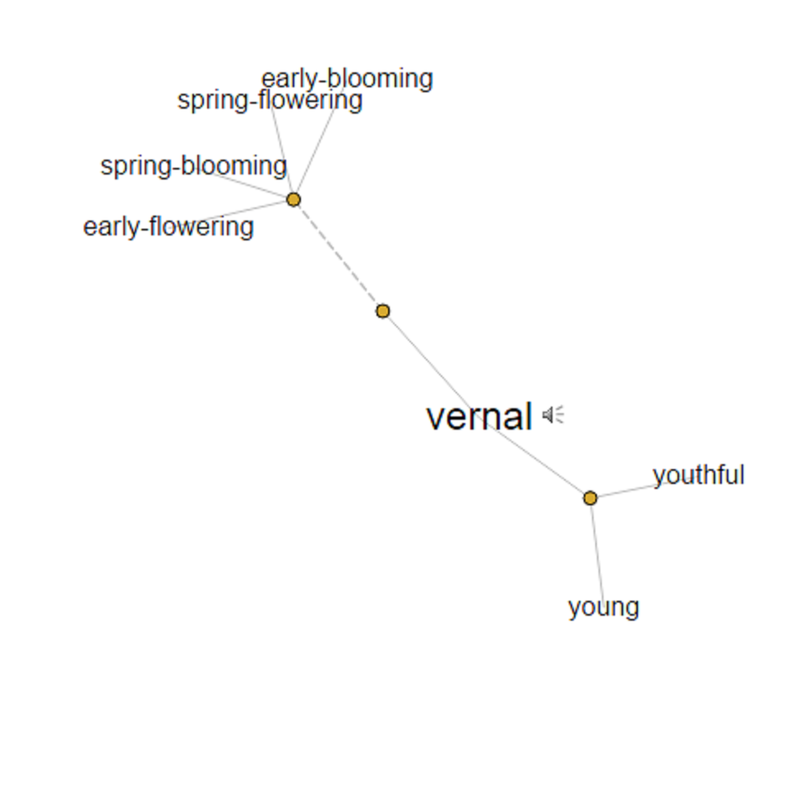
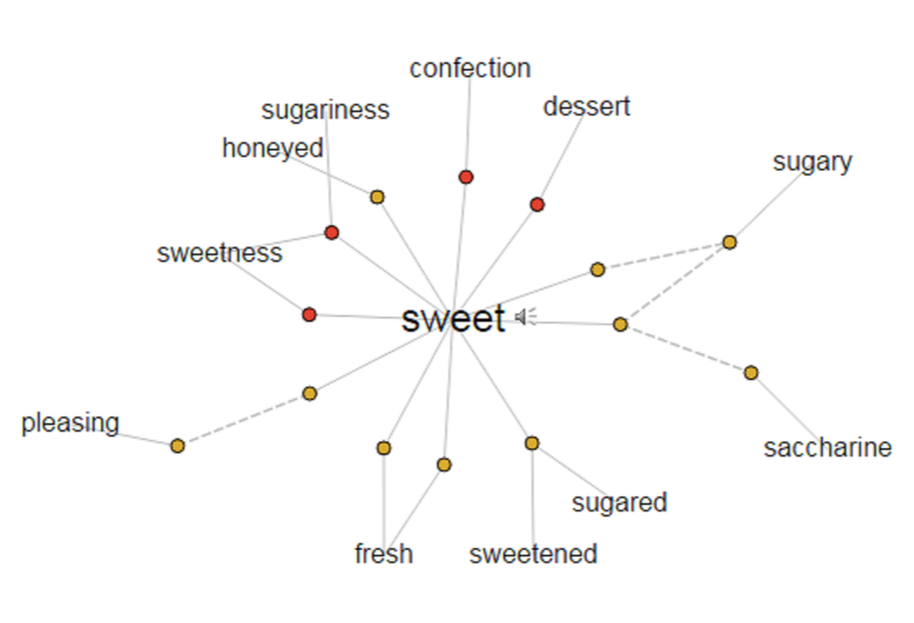
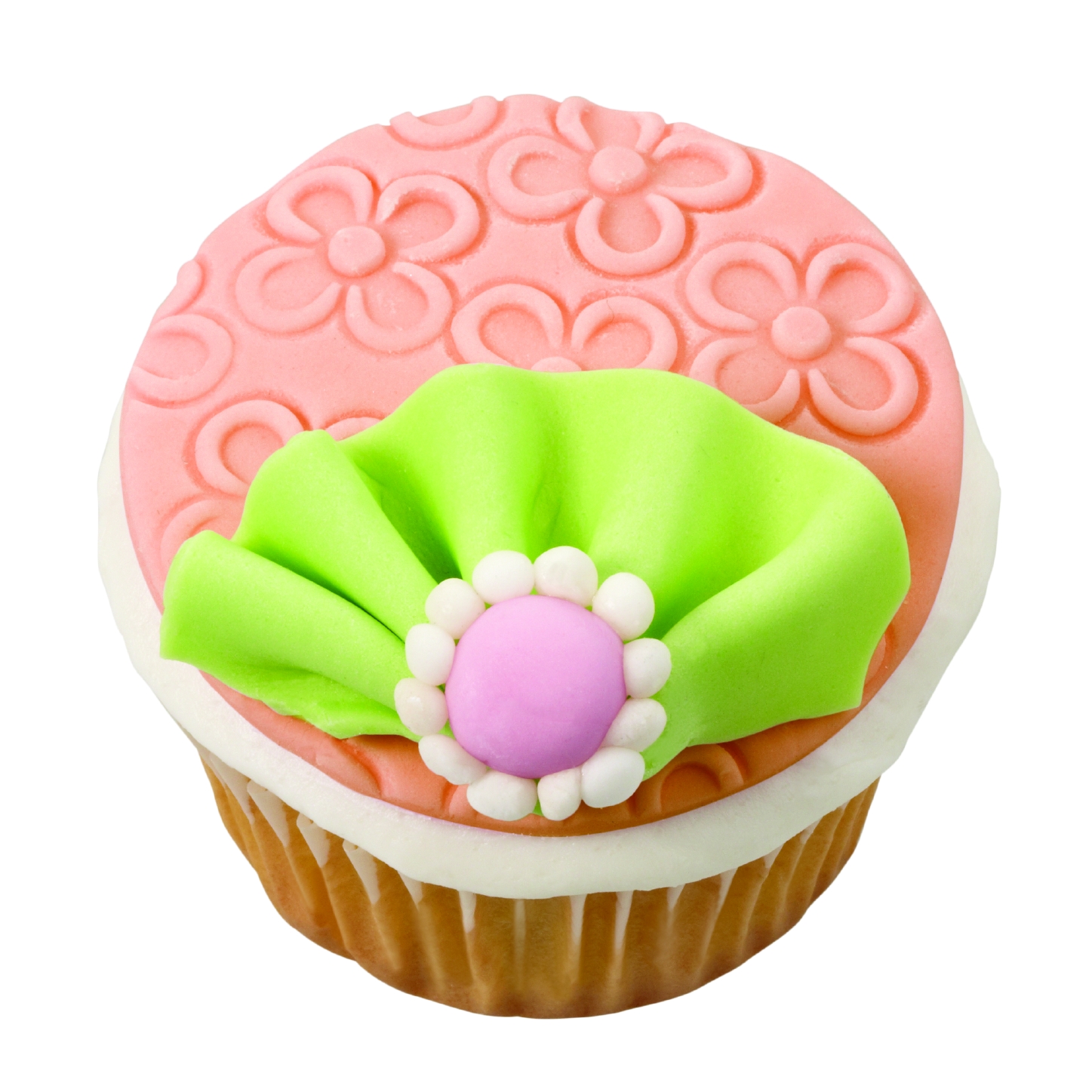
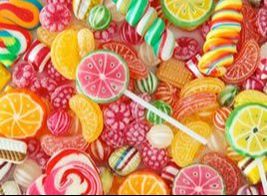


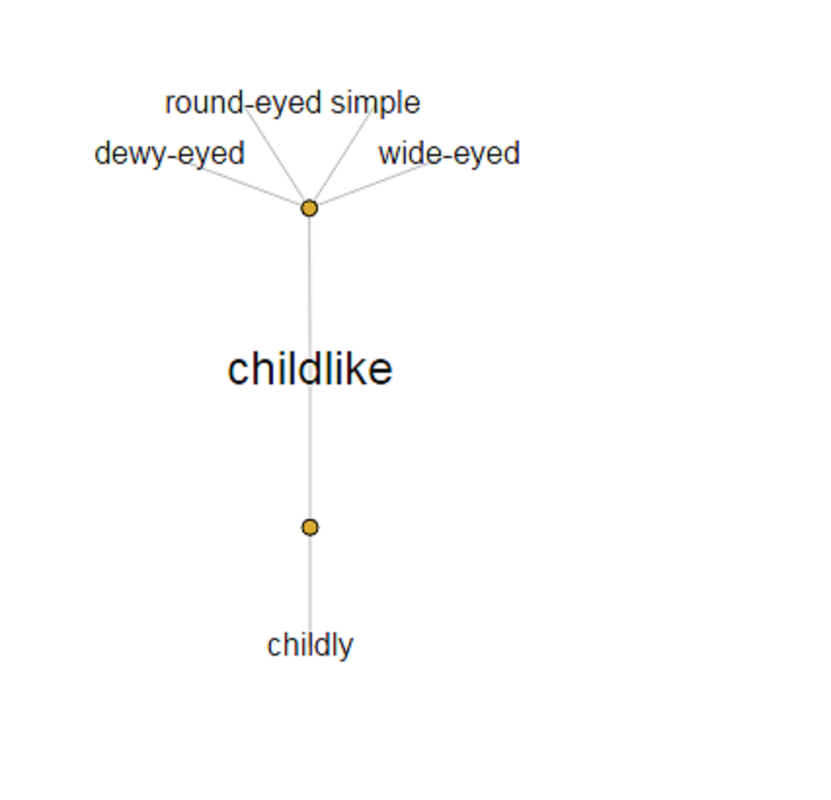
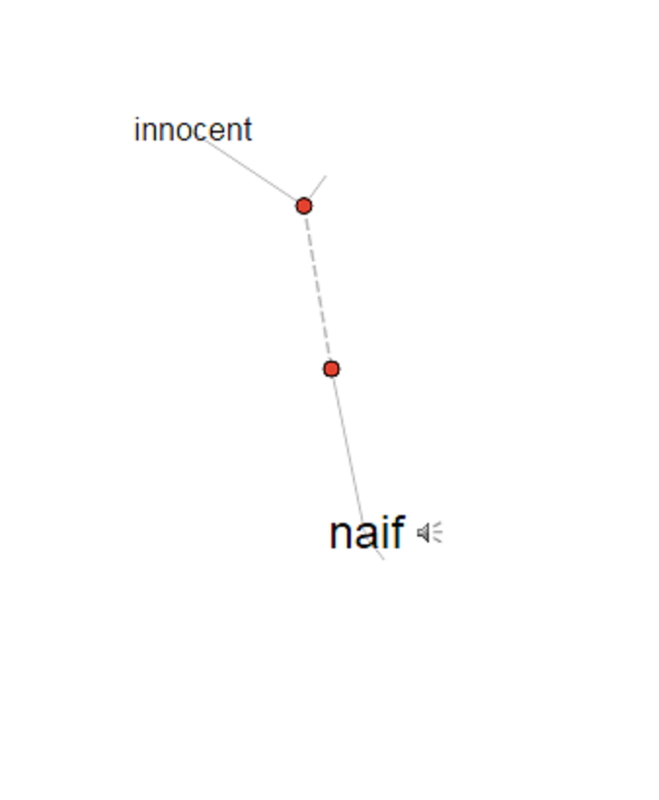
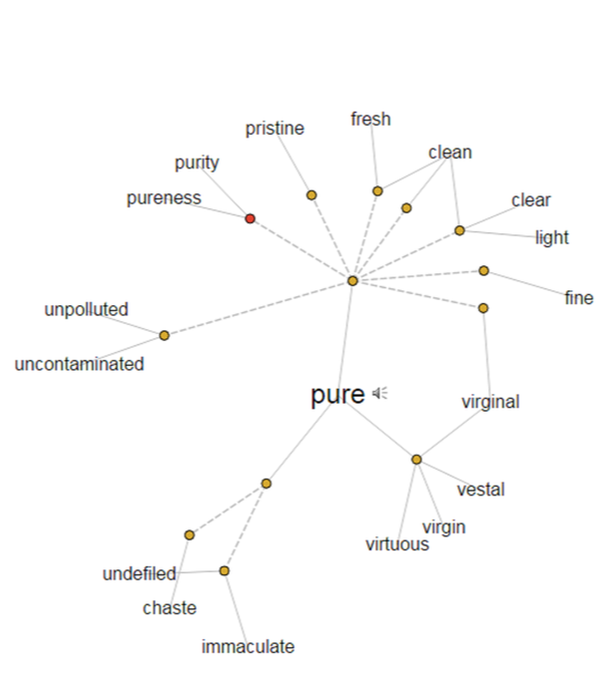

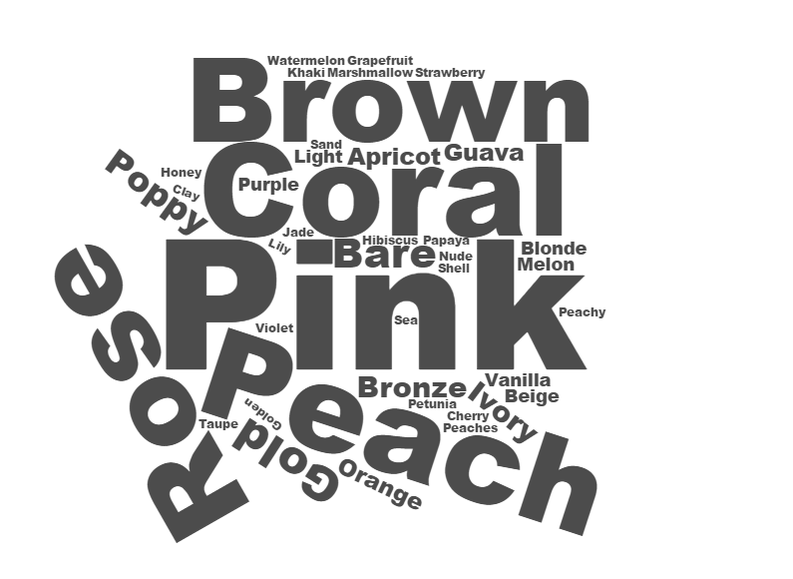

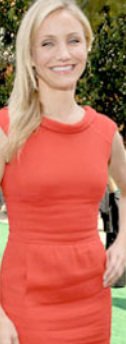

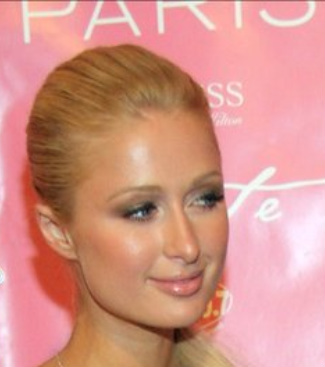



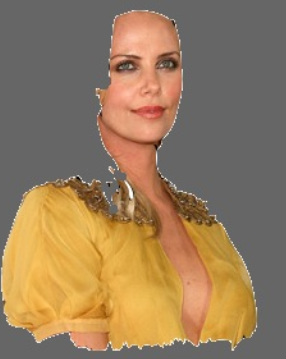

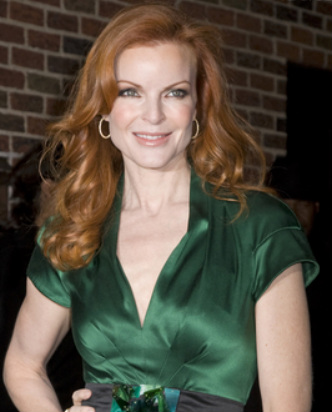

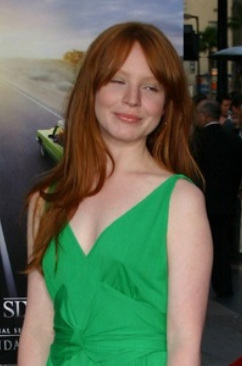
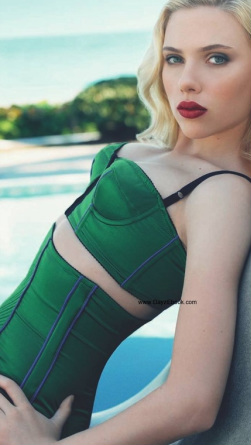
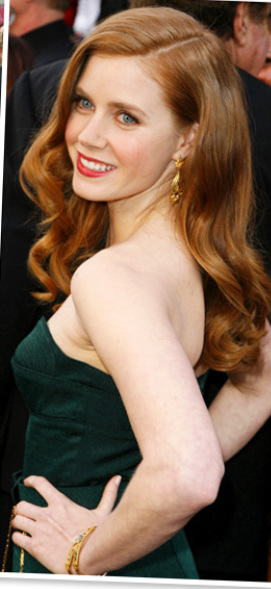


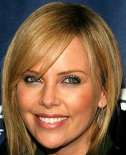
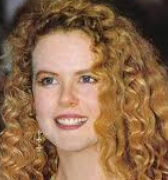



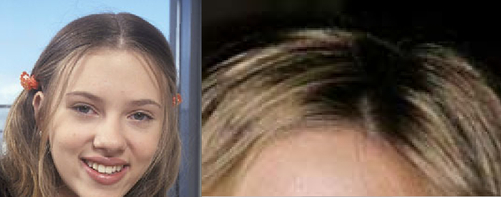


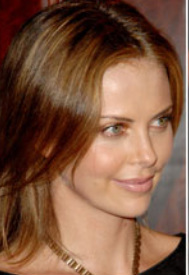
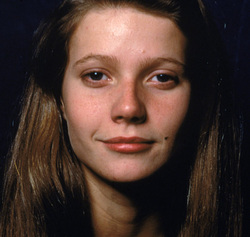
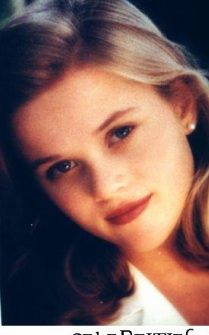

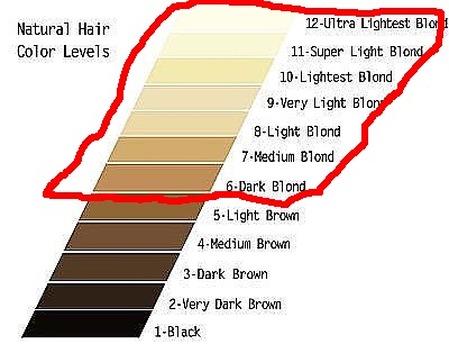


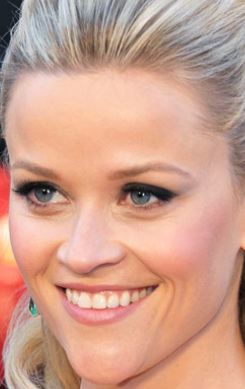


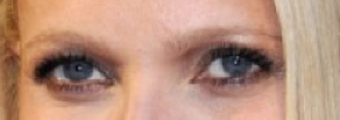

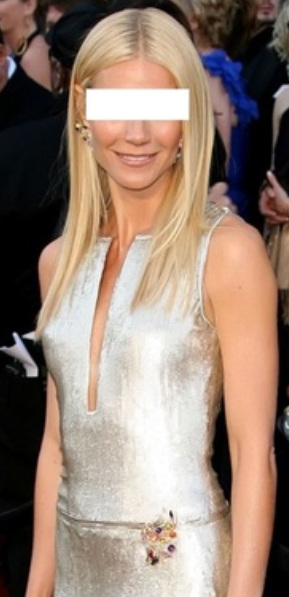

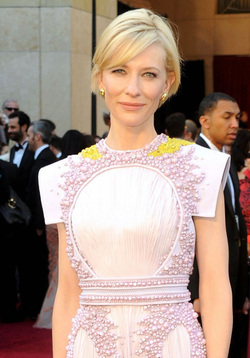

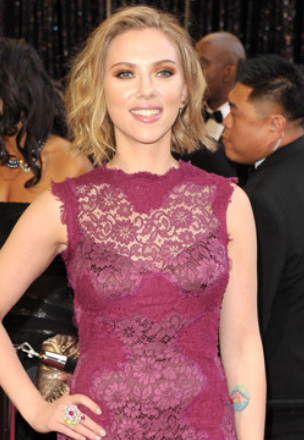
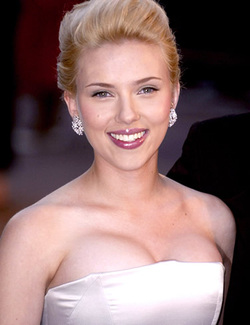
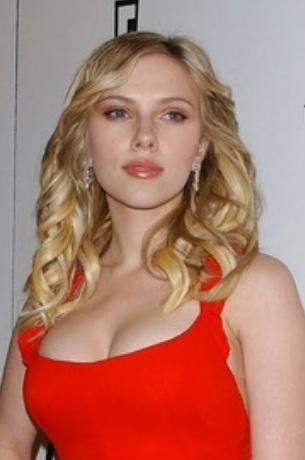
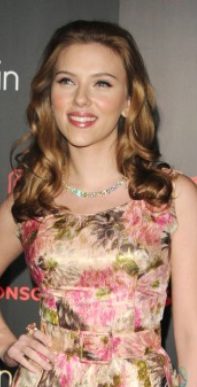
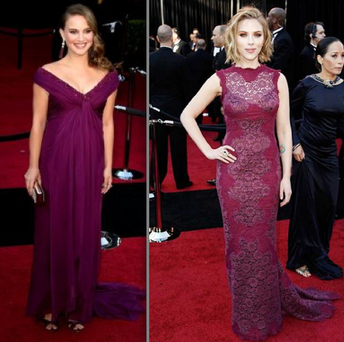


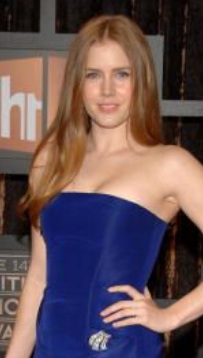
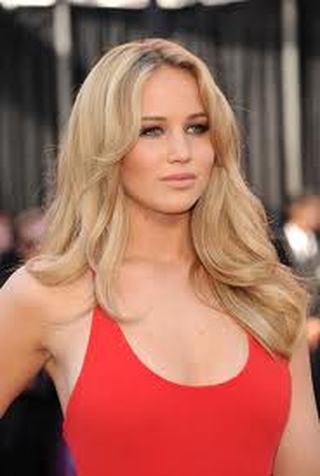



 RSS Feed
RSS Feed